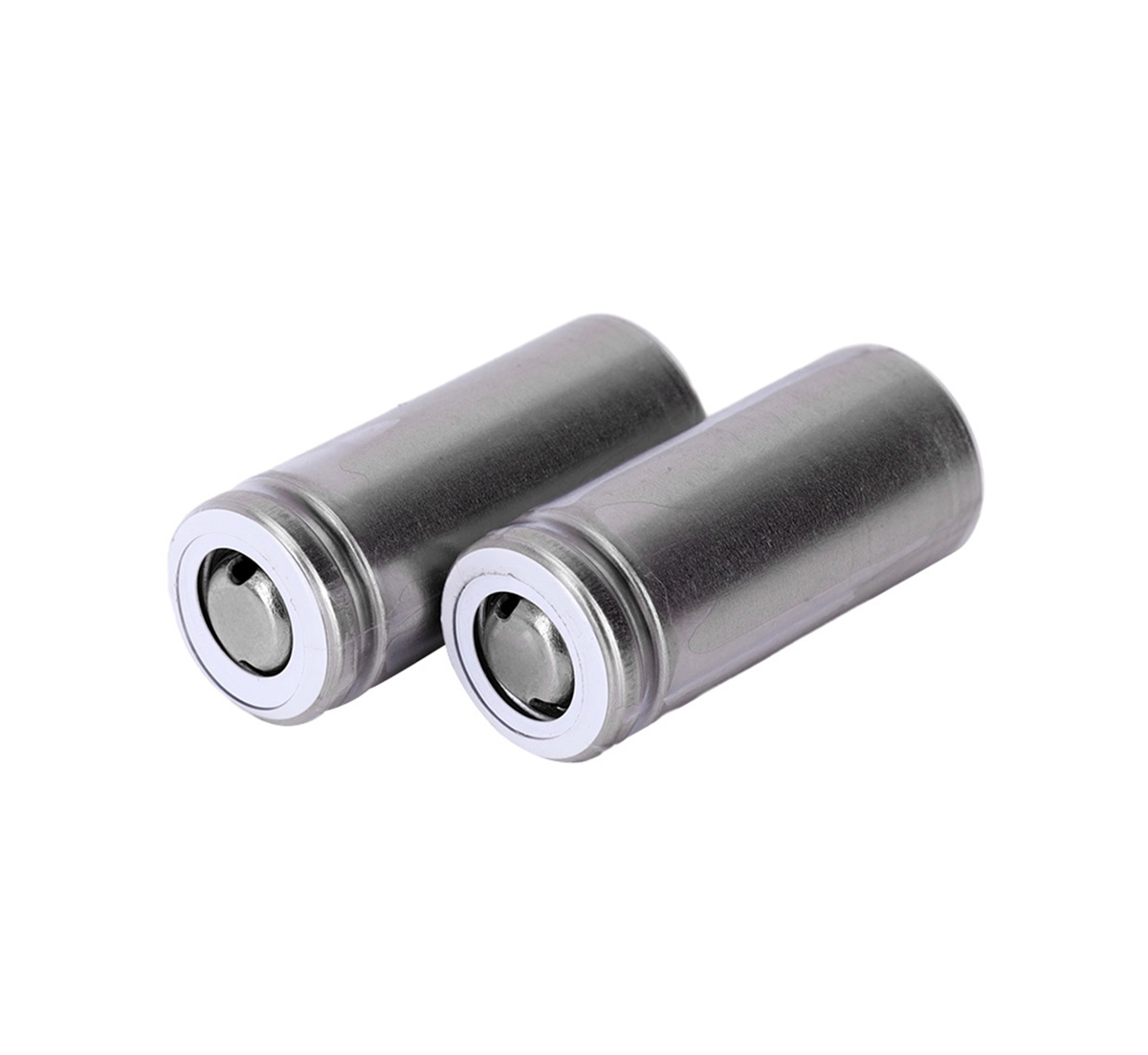Time:2024-03-12 Preview:1 source:News

The advantages of wireless charging are very obvious, especially in public parking lots: the charging equipment occupies a small area and is highly convenient for charging; the charging facilities can be unattended and the subsequent maintenance costs are low; under the same floor area, compared with traditional The number of electric vehicles that can be charged using wireless charging has increased, increasing space utilization.
The history of wireless charging can be traced back to 1901. Tesla built a wireless charging tower, Wardenclyffe Tower, on Long Island, New York, to conduct wireless power transmission experiments, although the project ended in failure. A century later, the research on wireless charging has ushered in a new source of impetus, and its application range is also very wide-from electric toothbrushes, remote controls, smartphones, to electric vehicles and oil drilling rigs. Giants from all walks of life have joined the ranks of research and development.
Principle of wireless charging Wireless charging can be divided into four methods: 1. Electromagnetic induction type; 2. Magnetic field resonance type; 3. Electric field coupling type; 4. Radio wave type. Due to the small transmission power of electric field coupling and radio waves, current wireless charging technology for electric vehicles mainly uses electromagnetic induction and magnetic field resonance.
Electromagnetic induction is a relatively mature technology at present. Many mobile phone wireless charging and even our common induction cookers use this principle. The alternating current of a certain frequency in the primary coil generates a certain current in the secondary coil through electromagnetic induction, thereby transferring energy from the transmission end to the receiving end. When used, the distance between the two devices must be very close, the power supply distance is controlled at about 0mm ~ 10cm, and charging can only be done one-to-one by aligning the coil. Electromagnetic induction wireless charging has a high energy conversion rate and a large transmission power range, from a few watts to several kilowatts. The principle of magnetic field resonance is similar to that of sound wave resonance. As long as the two media have the same resonance frequency, energy can be transferred. The charging distance of this method is between the electromagnetic induction type and the radio wave type. The advantage is that the transmission power is larger, which can reach several kilowatts. It can charge multiple devices at the same time and does not require the coils to correspond between the two devices. The disadvantage is that The loss is very high. The farther the distance, the greater the transmission power and the greater the loss. The most troublesome thing is that the frequency band used must be protected.
Electric vehicles use electromagnetic induction or magnetic field resonance, and their configurations are basically the same. The charging cable and reflection coil are buried in the parking space to form a power supply mechanism. When the vehicle enters the parking space, the receiving coil installed at the bottom of the vehicle coincides with the transmitting coil, and the vehicle Establish communication with the charging server to start charging, the transmitting coil generates an alternating magnetic field, and the receiving coil generates current to transfer electric energy to the battery through the inverter.
Related suggestion:
Batteries have become an important factor hindering technological breakthroughs